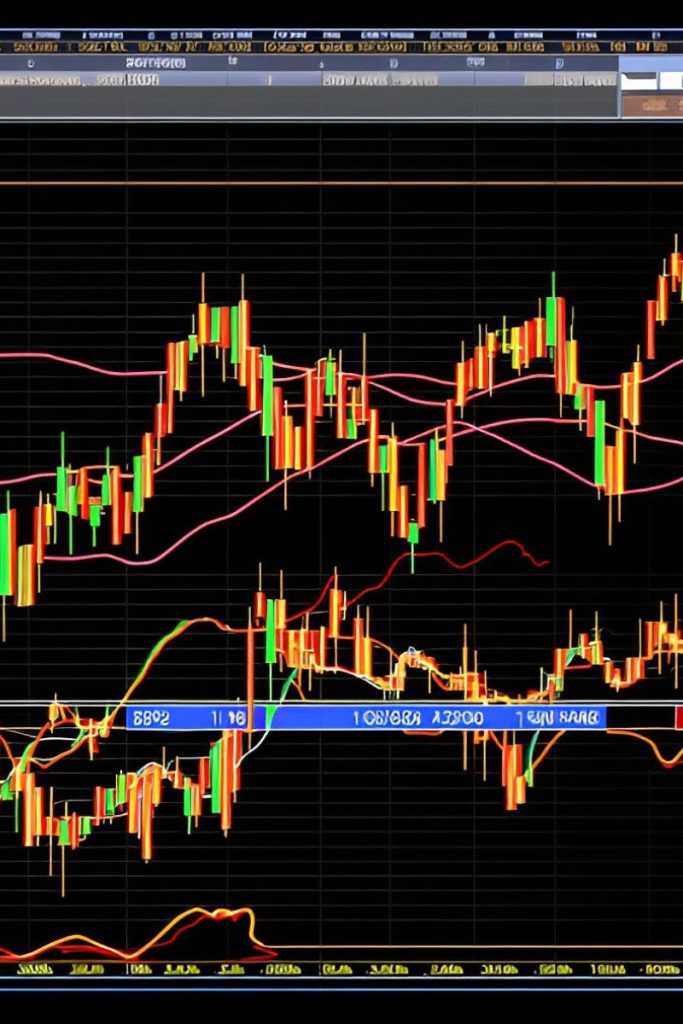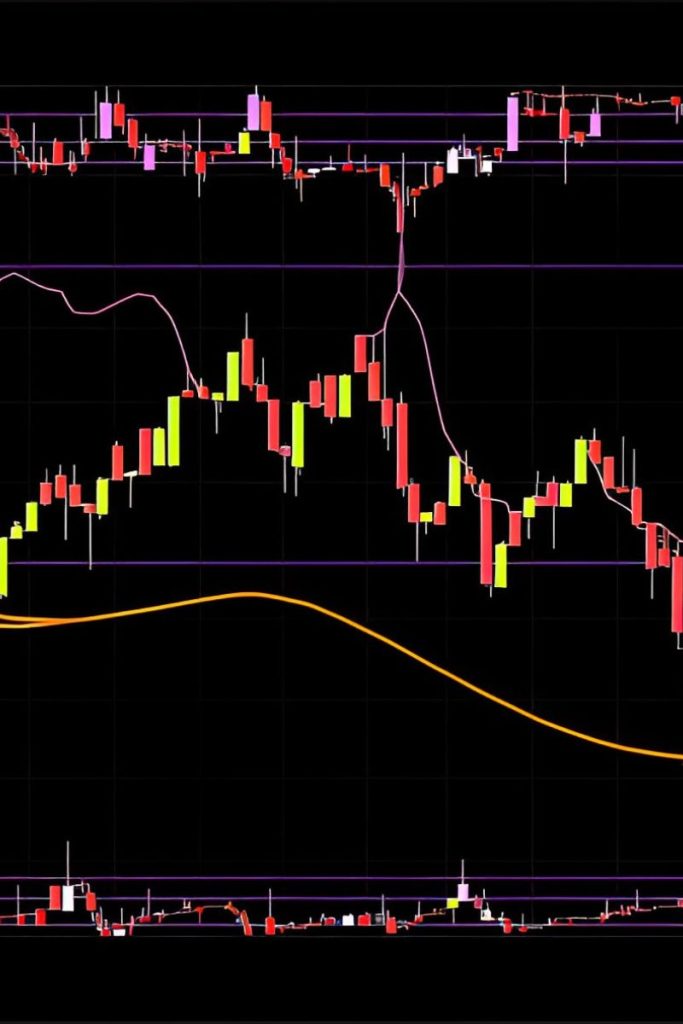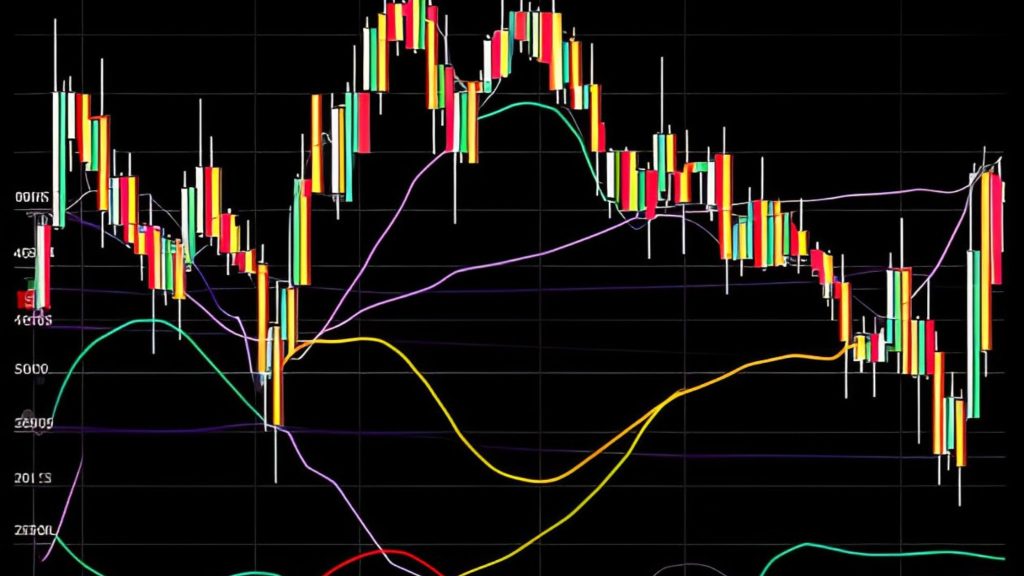Bollinger Bands have become an essential tool in the arsenal of technical analysts. These versatile indicators provide valuable insights into price volatility, trend reversals, and market breakouts. Understanding Bollinger Bands is crucial for traders looking to make informed decisions and enhance their trading strategies. In this article, we will explore the intricacies of Bollinger Bands, their interpretation, and various trading strategies to help you leverage this powerful tool.
Understanding Bollinger Bands
Bollinger Bands are dynamic price channels that consist of three lines plotted on a price chart. Calculated using statistical measures, they capture price volatility and indicate potential overbought or oversold conditions. The three components of Bollinger Bands are the middle band (a simple moving average), the upper band (standard deviation above the moving average), and the lower band (standard deviation below the moving average). By observing the width and behavior of these bands, traders can gain insights into market conditions.
Interpreting Bollinger Bands
Volatility and Width of Bands: The width of the Bollinger Bands reflects market volatility. Narrow bands indicate low volatility, while wider bands suggest high volatility. Traders can use this information to assess potential trading opportunities.
Bollinger Squeeze: A Bollinger Squeeze occurs when the bands contract, indicating a period of low volatility. This often precedes a significant price movement and can be a signal for an imminent breakout.
Bollinger Breakout: A Bollinger Breakout happens when price breaks out of the upper or lower bands. This occurrence signals a potential trend continuation or reversal, providing traders with valuable entry or exit points.

Using Bollinger Bands for Technical Analysis
Bollinger Bands offer several applications for technical analysis:
Identifying Overbought and Oversold Conditions: When prices touch or exceed the upper band, the market may be overbought, suggesting a potential reversal. Conversely, when prices touch or fall below the lower band, the market may be oversold, signaling a possible upward movement.
Spotting Trend Reversals: Bollinger Bands can help identify trend reversals by observing price action near the bands. Reversal signals include price rejection, divergence with other indicators, or the bands beginning to expand or contract.
Confirming Breakouts: Bollinger Bands provide confirmation signals for breakouts by indicating whether a breakout is strong or weak. When price breaks above the upper band with expanding bands, it suggests a strong bullish breakout, while contracting bands may indicate a weak breakout.
Assessing Volatility: Traders can use Bollinger Bands to assess volatility and adjust their trading strategies accordingly. High volatility periods may require wider stop-loss orders, while low volatility periods may call for smaller position sizes.
Combining Bollinger Bands with Other Indicators: Bollinger Bands can be combined with other technical indicators, such as moving averages, RSI (Relative Strength Index), or MACD (Moving Average Convergence Divergence), to enhance trading signals and increase confidence in decision-making.
Strategies for Trading with Bollinger Bands
Bollinger Band Bounce: This strategy involves buying when prices touch the lower band and selling when prices touch the upper band. Traders look for signs of price reversal or a bounce within the bands.
Bollinger Squeeze Breakout: When the Bollinger Bands contract, indicating low volatility, traders anticipate a breakout. This strategy involves placing long or short positions when prices break out of the bands, accompanied by increased volatility.
Bollinger Bands and Moving Averages: Combining Bollinger Bands with moving averages can provide additional confirmation signals and help traders identify trends more effectively. One popular approach is to use a longer-term moving average in conjunction with Bollinger Bands.
For example, a common strategy involves using a 20-day simple moving average (SMA) as the middle band of the Bollinger Bands and a 50-day SMA as a trend filter. When the price is above the 50-day SMA and touches the lower Bollinger Band, it could indicate a buying opportunity as it suggests a pullback within the overall uptrend. Conversely, when the price is below the 50-day SMA and touches the upper Bollinger Band, it may present a selling opportunity as it indicates a retracement within the overall downtrend.
The moving averages act as trend indicators, while the Bollinger Bands provide information about price volatility and potential entry or exit points. By combining these two tools, traders can filter out false signals and focus on trading opportunities that align with the prevailing trend.
- Bollinger Bands and RSI: The Relative Strength Index (RSI) is a momentum oscillator that measures the speed and change of price movements. When used alongside Bollinger Bands, the RSI can help identify potential overbought or oversold conditions, reinforcing trading decisions.
When the price touches or exceeds the upper Bollinger Band and the RSI is in the overbought territory (above 70), it suggests a potential downward reversal or a temporary price correction. Conversely, when the price touches or falls below the lower Bollinger Band and the RSI is in the oversold territory (below 30), it may indicate a possible upward reversal or a buying opportunity.

By combining the RSI with Bollinger Bands, traders can have a comprehensive view of both price volatility and momentum, enhancing their ability to identify potential turning points in the market.
- Bollinger Bands and MACD: The Moving Average Convergence Divergence (MACD) is a popular trend-following indicator that helps traders identify bullish or bearish signals. When combined with Bollinger Bands, it can provide valuable insights into trend strength and potential market reversals.
One approach is to use the MACD histogram alongside Bollinger Bands. When the MACD histogram shows positive divergence (rising) and the price is approaching or breaking above the upper Bollinger Band, it suggests a strong bullish signal. Conversely, when the MACD histogram shows negative divergence (falling) and the price is approaching or breaking below the lower Bollinger Band, it indicates a strong bearish signal.
By integrating MACD with Bollinger Bands, traders can gain a deeper understanding of trend dynamics and align their trading decisions with the prevailing market sentiment.
Tips and Best Practices
Selecting the Right Timeframe
Bollinger Bands can be applied to various timeframes, from intraday trading to long-term investing. It’s essential to select a timeframe that aligns with your trading goals and strategy. Shorter timeframes may provide more frequent signals but can be prone to noise, while longer timeframes offer a broader perspective but may have fewer signals.
Adjusting Parameters for Different Securities
Different securities exhibit varying levels of volatility, so it’s crucial to adjust the parameters of the Bollinger Bands accordingly. For highly volatile assets, wider bands and larger standard deviations may be necessary to capture price fluctuations accurately. Conversely, for less volatile assets, narrower bands and smaller standard deviations may be appropriate.
Considering Market Conditions
Bollinger Bands should be interpreted in the context of prevailing market conditions. During trending markets, price tends to hug the outer bands, while in range-bound or consolidating markets, price moves within the bands. Understanding the market environment can help traders determine whether to focus on breakout strategies or range trading approaches.
Furthermore, it’s important to consider the broader market conditions and news events that can impact price movements. Major economic announcements, geopolitical developments, or earnings reports can cause significant volatility and affect the interpretation of Bollinger Bands. Being aware of such events can help traders avoid unnecessary risks or capitalize on potential opportunities.
Implementing Proper Risk Management
Like any trading strategy, using Bollinger Bands requires a disciplined approach to risk management. It’s essential to determine appropriate stop-loss levels and position sizes based on individual risk tolerance and account size. Setting realistic profit targets and adhering to them can prevent excessive losses and help protect trading capital.
Implementing risk management techniques, such as trailing stops or scaling out of positions, can also be beneficial when trading with Bollinger Bands. These strategies allow traders to secure profits as the price moves favorably while still giving room for potential extended trends.
Conclusion
Bollinger Bands are a powerful tool for technical analysis in trading. By understanding their components, interpreting their signals, and utilizing various strategies, you can gain valuable insights into price volatility, trend reversals, and potential breakouts. However, it’s important to practice and experiment with Bollinger Bands to develop a personalized trading approach that aligns with individual trading goals and risk tolerance. Remember to consider the limitations and use proper risk management techniques to maximize the benefits of this versatile indicator. With practice and experience, you can leverage Bollinger Bands effectively to improve their trading outcomes.




